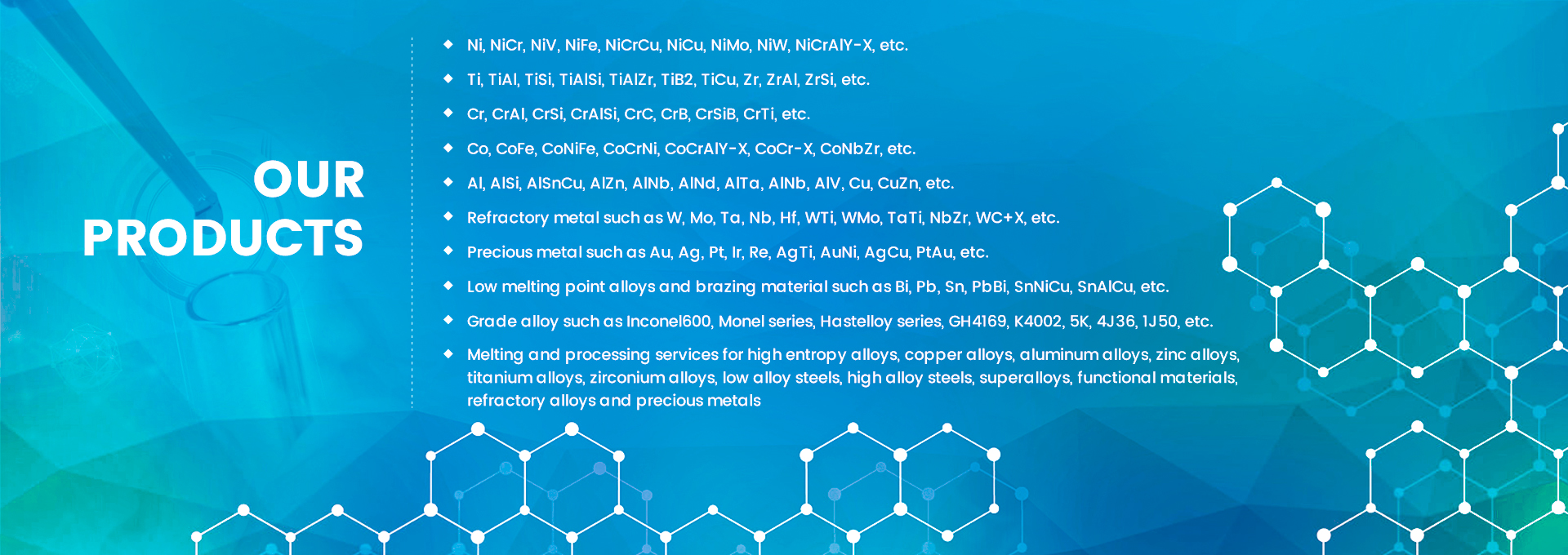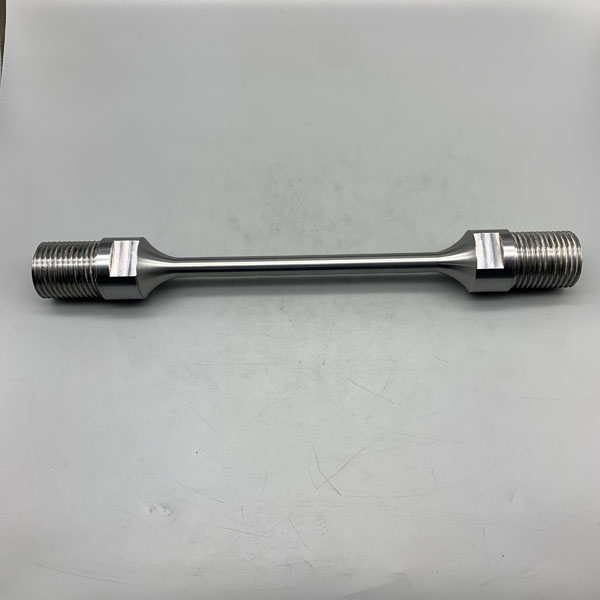F22 is a commonly used alloy steel in the industrial field. It is also known as UNS K21590, 2¼Cr – 1Mo steel, SA182 F22, Chrome Moly F22, Alloy F22, etc.F22 materials contains elements such as iron, chromium and molybdenum, and has good strength standards and specifications. It is made through processes such as smelting, forging and heat treatment. It has excellent toughness and corrosion resistance in industries such as electric power, petrochemical and machinery manufacturing. F22 material is often used for forged or rolled alloy steel and stainless steel flanges, Specimen for mechanical testing in universities 、 forged pipe fittings, valves and components in high-temperature applications.
The F22 material grade mainly consists of iron, containing 2% – 2.5% chromium and 0.87% – 1.13% molybdenum, along with some other elements. The main characteristics of F22 low – alloy steel are as follows:
-
High Strength: Through appropriate alloying and heat treatment, F22 low – alloy steel can achieve high strength. After quenching and tempering, its tensile strength can reach a relatively high level, with excellent mechanical properties. This enables it to withstand large loads, making it suitable for manufacturing structural components and mechanical parts that bear high stress.
-
Good Toughness: It has good toughness, which means the material has the ability to absorb energy and resist crack propagation before fracture. This makes F22 low – alloy steel less likely to experience brittle fracture when subjected to impact or dynamic loads, improving the reliability and safety of parts and structures, and enabling it to adapt to more complex working environments.
-
Good Weldability: The material has a relatively low carbon content and a moderate content of alloying elements. This gives it good weldability during the welding process. It is less prone to defects such as cracks and pores during welding, and the strength and toughness of the weld can be well – matched with those of the base metal. It can be welded by various welding methods, facilitating the manufacture of various complex structural components.
-
Good Corrosion Resistance: Alloying elements such as chromium and molybdenum in F22 low – alloy steel can form a dense oxide film on the surface of the steel, improving its corrosion resistance. In environments containing corrosive media such as acids and alkalis, it has better corrosion resistance compared to ordinary carbon steel, thus extending the service life of equipment and components.
-
Good Machinability: F22 low – alloy steel exhibits good machinability in both hot and cold working processes. During hot working, it has good hot plasticity and can be forged, rolled, and other processing operations at high temperatures, making it easy to form. In cold working, such as cutting, stamping, and bending, it can also proceed smoothly. The processed parts have high dimensional accuracy and good surface quality.
- Certain Heat Resistance: The alloying elements in the alloy increase the recrystallization temperature and high – temperature strength of the steel, enabling it to maintain good mechanical properties at relatively high temperatures. When working in some high – temperature environments, F22 low – alloy steel can resist high – temperature creep and oxidation to a certain extent.
Post time: Jan-21-2025






